Allergic Reaction To Hair Dye: 5 Vital Facts You Must Know
An allergic reaction to hair dye is never fun; the symptoms can range from mildly painful to absolutely maddening, depending on the severity. From blisters to a stinging or burning sensation on your skin, I’ve yet to come across a positive symptom of a hair dye allergy.
If you happen to be a victim of an allergic reaction to hair dye, this post may be helpful for you. Firstly, I’ll show you all you need to know about hair allergies before sharing tips on how to alleviate its unfavorable symptoms.
Before we get to that, however, let me share a short dye allergy story with you.
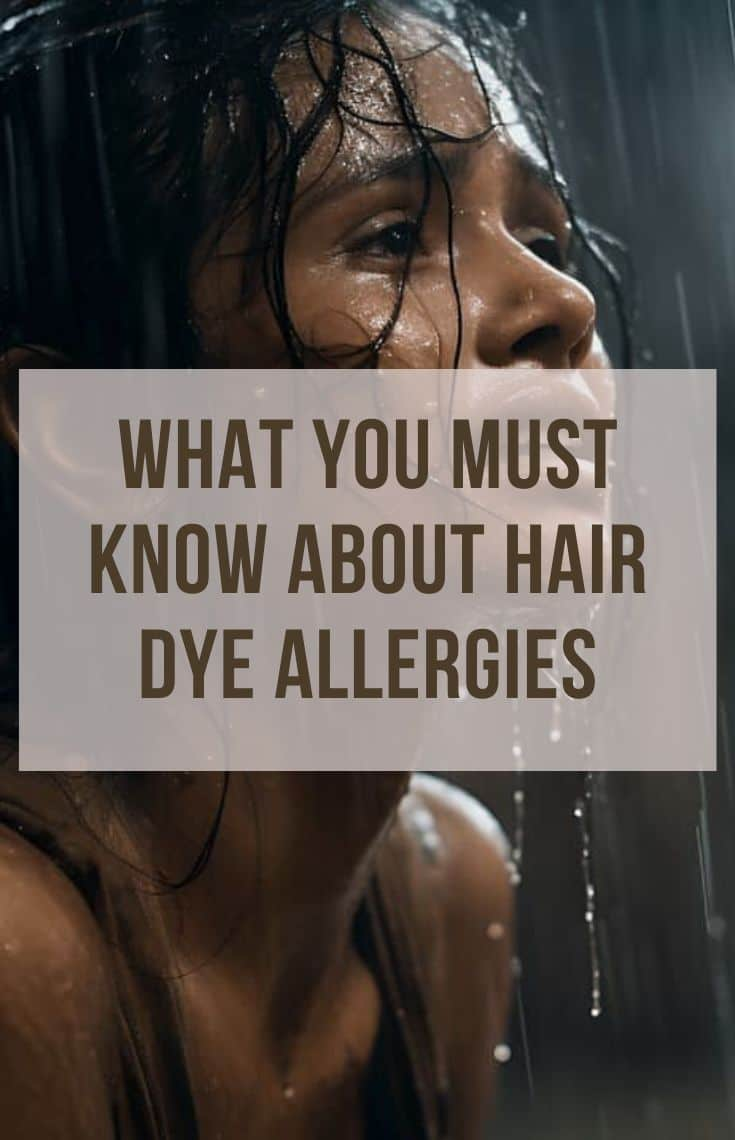
Client Hair Dye Allergy Story
It was a few years ago. He walked into my salon with a badly done hair dye attempt and a swollen face, checking all the boxes for your classic allergic reaction to hair dye. The story is simple: in an attempt to get his hair dyed, he used an incompatible dye that triggered an allergic reaction, hence the swell.
Interestingly, it wasn’t his first time using synthetic hair dyes. However, he was in a hurry to get the coloring done in time for an event and the colorist decided to skip the necessary strand tests, and that decision ended up backfiring catastrophically.
Eventually, he had to lose all of his hair, in addition to the severe scalp itching and swelling he experienced as a result of the botched coloring attempt.
Other Posts You Might Like;
- Can White Hair Turn Black Again Naturally?
- Can You Dye Your Hair While Pregnant?
- How Long Does Arctic Fox Hair Dye Last?
So, let’s continue.
What Happened?
After shaving off his hair, I washed his scalp very well with water and shampoo. While doing this, some questions popped into my head, and I was like:
- This isn’t the first time he dyed his hair; why now?
- What brand of hair dye made him lose hair, plus the reactions within a few hours?
- Is it permanent, semi-permanent, or temporary dye that was used on his hair?
- What is an allergic reaction to hair dye?
Many more questions kept coming in, but no answer came. So I quickly decided to research why this happened, causes, and treatments.
It turns out that was a classic case of an allergic reaction to hair dye. It can happen to both men and women; and to first-time dyers and frequent dyers alike.
What It Means To Be Allergic To Hair Dye
When someone is allergic to hair dye, the body system reacts against specific chemical(s) in the dye. Most times, the outcome is physical deformation and severe pain like that of my client who came for a solution to a botched hair dye application.
An allergic reaction to hair dye occurs when the body releases a substance known as immunoglobulin into the bloodstream. This act triggers the discharge of mast cells that in turn releases histamine into the body. Histamine is the substance that causes those unfavorable symptoms identifiable as an allergic reaction to hair dye.
How Long Does an Allergy to Hair Dye Last?
Hair dye allergies typically go away completely in a few days, but in severe cases, an allergy could last for a few weeks or more. An allergic reaction to hair dye is likely to stick around for longer if you don’t find a quick solution to it as soon as it happens.
Even if you did find a solution, your hair or skin’s receptiveness to the chemicals may determine how long it lasts as well.
Symptoms of an Allergic Reaction to Hair Dye
In most cases, you’d know when you start experiencing an allergic reaction to hair dye, even if you don’t know the symptoms. If you want to confirm your suspicions, here are some of the most common symptoms of an allergic reaction to hair dye.
Early Signs
The early reaction signs differ in everybody, but here are common denominators for most people:
- The scalp, ears, beards, or any part near the affected area starts itching, turns red, or becomes inflamed.
- Some people have very sensitive skin and scalp; due to this, irritation signs usually start appearing almost immediately or a few minutes later (but it doesn’t exceed more than 48 hours after exposure)
Late Signs
- Swelling of the affected areas and some parts of the body close to the areas exposed.
- Difficulty in breathing and swallowing, which can cause wheezing and sneezing.
Again, the symptoms of a hair allergy differ from person to person, and your friend’s symptoms may be wildly different from yours. So, you should see a specialist immediately if you start noticing signs of discomfort after applying a new hair dye; don’t wait to see specific symptoms before acting.
Ingredients in Hair Dye that Contribute to Allergic Reaction
In most cases of allergic reactions to hair dyes, the individual is not allergic to the dye in general; rather, they only have an allergy to one of the ingredients of the hair dye. Thus, getting one that doesn’t include that chemical will effectively prevent the allergic reaction.
The irony, however, is that most of these irritants that cause allergic reactions are typically necessary ingredients in the dye-making process.
For instance, one of the most common causes of hair dye allergies is paraphenylenediamine (PPD), but it’s also required to create darker dyes. So if you’re a fan of darker colors and have an allergic reaction to this chemical, you’ll simply have to not use darker dyes in general.
According to Wikipedia, PPD can come with different names.
- Benzene-1,4-diamine
- Paraphenylenediamine
- 1,4-Diaminobenzene
- 1,4-Phenylenediamine and many more.
If you have an allergic reaction to hair dyes, you should consider dyes that do not contain PPD. Henna, for example, is a natural hair dye from India, and while it lacks all the colors from synthetic, PPD-based dyes, it’s one of the few available alternatives that won’t trigger an allergic reaction.
Quick Home Remedies
So, what do you do when you notice you have an allergic reaction to hair dyes? Here are a few quick DIY tips I learnt from having to help a client that came in with a severe hair allergy case:
1. Applying Hydrogen Peroxide on Your Scalp
Hydrogen peroxide oxidizes the PPD, making it non-reactive. This solution should cause quick relief in most cases, but it doesn’t work for everyone.
2. Apply Unrefined Shea Butter From Africa on the Affected Areas
Like hydrogen peroxide, shea butter can relieve the swelling, inflammation, and pains from applying hair dye. Since it’s unrefined, however, it wouldn’t smell as well as most hair care products you’re used to, but if you can get past the smell, it can cure your allergy.
3. Use Steroid Creams And Olive Oil
Studies have demonstrated that olive oil reduces the risk of dermatitis. Likewise, steroid creams can be used to reduce inflammation, swelling, and irritation if the case is less severe.
If allergic reactions persist even after these steps, you should consider seeing a doctor who would likely prescribe medications to help with the hair allergy.
How to Avoid Allergic Reaction to Hair Dye
As the saying goes: “Prevention is better than cure.” Being cautious and playing it safe will always be better than diving head-first and experiencing allergic reactions (like my client).
Here are precautionary measures that can help you avoid an allergic reaction to hair dyes.
- Ensure you wear gloves and wash your hands before and after application.
- Never skip patch and strand testing. Getting those done could’ve saved the individual from my story from earlier.
- Testing should be done 48-72 hours before the application date to allow for enough time for any potential reactions to appear.
- Follow the instructions by the manufacturer to avoid over or under-usage.
- Wash your hair thoroughly with water after applying the hair dye. Some dyes don’t allow you to wash hair with shampoo.
- Don’t wash too early or too late. Be accurate with your timing.
Allergy To Hair Dye Alternatives
If you can’t stop dyeing your hair and you are allergic to hair dye. What will you do next?
The only feasible solution for now is turning to natural hair dyes like Henna. These dyes contain no PPD, and as a result, they typically don’t work as well or last as long as their synthetic alternatives. On the positive side, however, they also won’t cause the irritation or swelling you’ll get from PPD-based hair dyes.
It’s also essential to note that Henna isn’t the only natural dye product available out there. If you can’t get it where you live, you may want to ask your colorist for alternatives that work just as well without allergens.
Some alternatives include tree dyes, vegetable dyes, and semi-permanent dyes that are certified by experts. These dyes are always labeled as “plant extracts made.”
In any case, ensure you talk to your stylist/colorist before buying or applying these dyes to avoid the unfortunate event of an allergic reaction to hair dye.
FAQs On Allergic Reaction To Hair Dye
Q: What Hair Color Is PPD Free?
There are several colors that are achievable without PPD, but not all dyes of a PPD-free color doesn’t contain any PPD. Look for a PPD-free tag on the hair product you’re buying and mention your allergy to your stylist before using a PPD-free hair dye color.
Q: Do Semi-Permanent Hair Dyes Contain PPD?
Some semi-permanent hair dyes contain PPD, but they’re less likely to. Again, it’s not a black-and-white situation, you should generally not use any hair dye, semi-permanent or not, without consulting with your stylist/
Q: I Am Allergic To hair Dye. What Can I Use To Cover Grey Hair?
A natural hair dye like Henna is an excellent alternative to cover grey hair if you are allergic to hair dyes. You can also talk to your stylist for other recommendations that are easily accessible in your territory, but Henna is okay if you can get it
Finally, we have thoroughly discussed the allergic reaction to hair dye, the precautions, and its quick remedies.
Now I would love to hear from you;
Which remedy are you going to try out?
Or maybe you have something different to tell us on this topic.
Either way, do let us know by leaving a comment below right now.
Pin for Later.
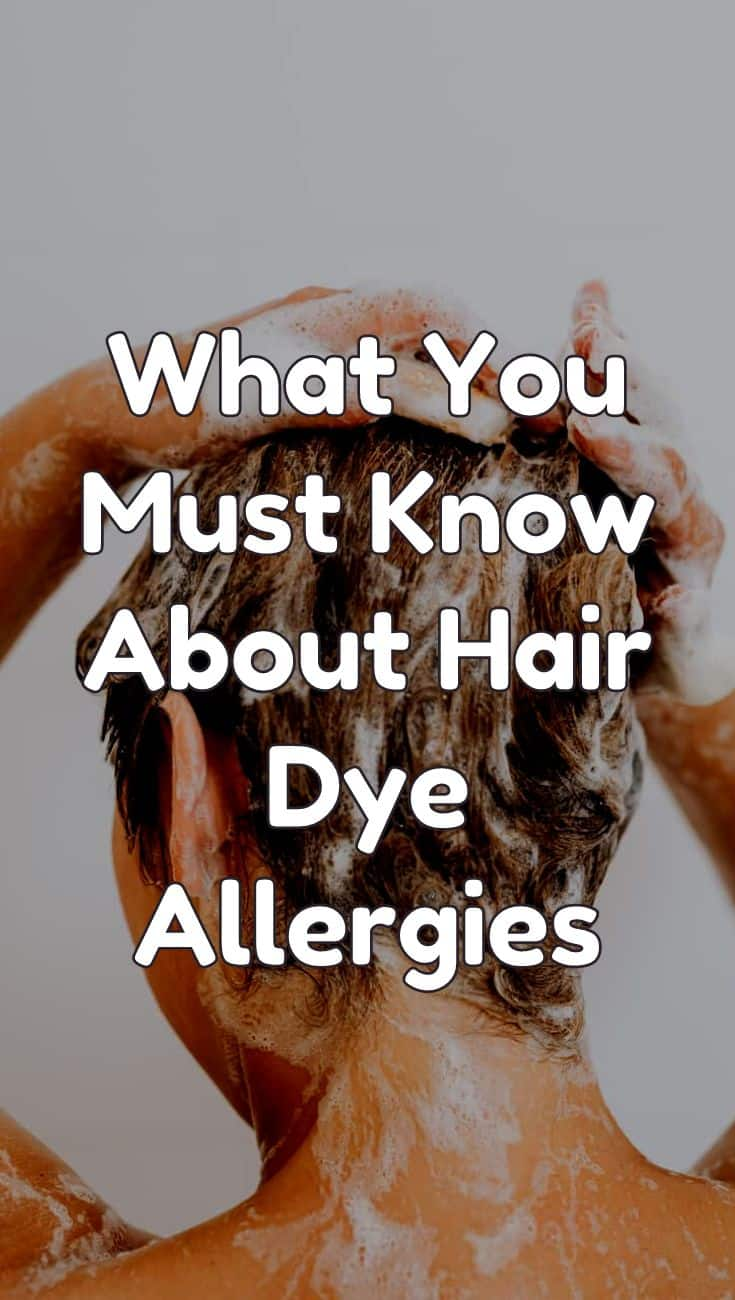


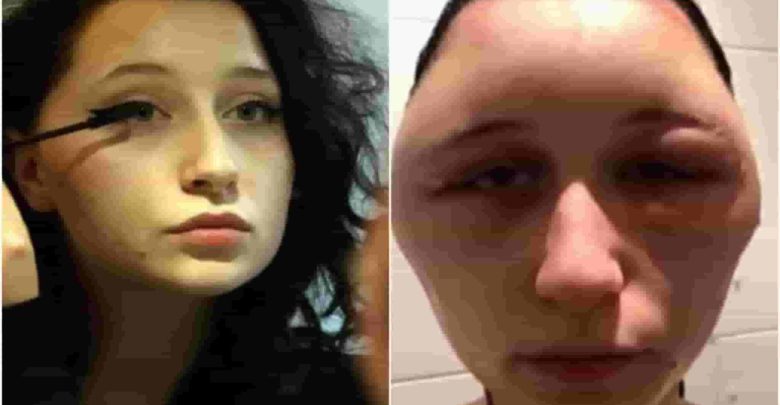

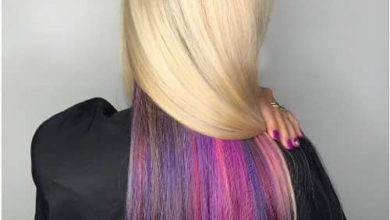


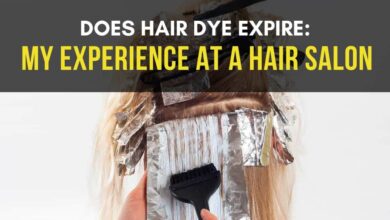
I have used 2 to three different brands of hair dye and I recently tried a new brand Colour Sensation by Garnier. I am not against the product, just sharing my experience and this is not to rate the brand. I didn’t have allergies to the dyes I used in the past, so I thought it was safe to skip the patch test this time. On application, I felt a stinging sensation and asumed it was harmless. I thought it had a strong mint chemical or maybe ammonia but on the box, there was no such chemicals, such as ammonia or lye listed. I began to feel irritable like the stinging travelled from my scalp to my body, down to my legs. Most of my hair was already covered now but I had to wash it out quickly because of the stinging sensation. I relaized it could be an allergic reaction or a cheemical that may have been in the product that was not listed. I didnt know, but when I began feeling nauseous, I washed it out with water and soaked my head with a deep conditioning treatment. I didn’t shampoo it out until one day after she I felt itchy in the scalp. I realised I had lost some hair around the perimeter but it was not burned or red. It wasn’t swollen either. Thank goodness. I read some reviews and noticed what possibly happened to me and how bad it could have been. The colour was nice and the fragrance but I cannot advise anyone to use it nor would I use it again. All I can do, is advise that the patch test is done in advance and that if the product had PPD as research suggests, then it should be listed or may be listed on the box, so it is best to read about the chemicals used in the product before applying to the hair